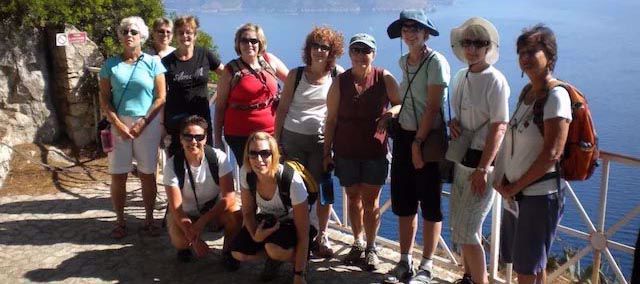When thinking about what to put in your overseas adventure travel first aid kit, you need to answer three questions:

- 1. Where are you going? Is it remote, far from medical care, or will yoube close to or in cities? If in cities, is the medical care system likely to be one you would trust? If remote, what resources are available to help you get to medical care? Generally the more remote the location and/or the lower the quality of medical care, the more you should be prepared to be self-sufficient.
- 2. What are you doing? If my trip is mostly hiking, I'll focus on items for foot care. If sea kayaking, then skin protection receives higher priority.
- 3. Are you going on your own or with an adventure travel company? If you're going with a company, ask them what they carry in their first aid kits. There are always personal items you should bring, but why carry a SAM splint if there is already one on the trip.
The answers to those questions will help you fine tune exactly what and how much to bring. But here are some things I always take on personal overseas adventure travel trips.
1. Duct tape. Duct tape has a million uses from first aid for you (e.g taping your heels so you don't get blisters) to first aid for your boots or luggage. Rather than bringing a roll, wrap it around something you always carry with you - e.g. a water bottle or the pencil in your first aid kit.
2. Prunes. Even if constipation is not a common problem for you, the dehydration that accompanies long flights, the irregular hours and confused internal clock, and food that you're not used to, can all combine to do a number on your GI tract. Prunes, accompanied by a glass of water every morning, are the low cost, safe, and natural way to get you back to normality.
3. PeptoBismol. Speaking of the GI tract, PeptoBismol fixes almost everything else that bothers you- including diarrhea, gas, indigestion, heartburn, nausea etc. - unless of course it is something more serious. But try PeptoBismol first and if it doesn't get better, then seek help.
4. Foot care. For me, the essential elements are a) moleskin - cut out a hole in it and put the hole over the hotspot - this is for blister prevention, not treatment; b) Compeed or other blister band aids- for really bad hotspots or even blisters; c) lamb's wool - either natural or synthetic - to put between your toes when you're getting a lot of rubbing and friction.
5. Cipro. Don't take this as medical advice and you need a prescription from your doctor. But Cipro covers a host of bad bacteria and I've seen it help significantly both with dairrhea and respiratory infections. But if you have no First Aid training and might not know when to use it appropriately, it might be better to leave it at home. Talk to your doctor.
6. An anti-inflammatory analgesic- like aspirin, ibuprofen, or naprosyn (if you can't take those, Tylenolo or acetaminophen is good for pain but doesn't have anti-inflammatory properties). You know you're middle-aged when your idea of a really good drug is ibuprofen. But having something for pain, soreness etc is a no-brainer.
Of course when I'm guiding a trip or on a trip that is remote, I take more - but that is a subject for another blog post.
Is there anything we didn't list that you personally always take?



